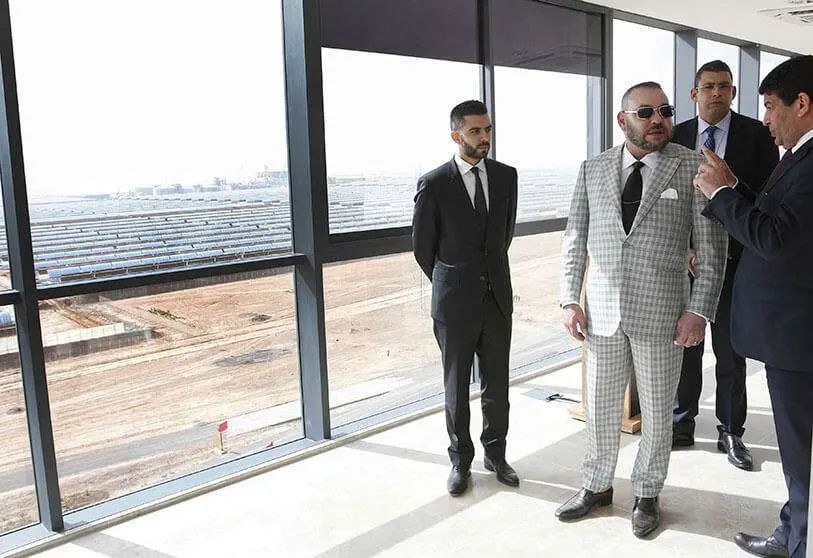Marruecos y Túnez colaboran con la UE en relación con el Pacto Verde Europeo

Morocco and Tunisia, European neighbours, will benefit from the European Green Deal that the EU has set up to achieve climate neutrality by 2050. The pact is a oadmap to cutting down on carbon emissions, boosting the economy via green technology, decoupling economic growth that results from resource use and moving towards sustainable industry and transport.
It also aims to strengthen the EU’s global leadership by establishing climate, energy and environment partnerships with the EU’s North African neighbours.
Both countries have expressed ambitions to work closely with the EU to further pursue their own green transitions. They have invested in renewable energy sources such as solar and wind power.

Some of their main objectives include building new green electrical interconnections in the region to further energy independence. As a consequence of their ambition to work in partnership with the EU, they will also establish a Mediterranean community for renewable energy and provide “green partner” designations importing green hydrogen from partner countries and European green deal jobs.
A study by the Forum EuroMediterraneen des Instituts de Sciences Economiques found that renewable energy could provide 30,000 jobs in Tunisia by 2030, and somewhere between 267,000 and 482,000 jobs in Morocco by 2040.

In this line, Siemens Gamesa in Tangier produces wind turbine blades for the local market and for export. It is a leading source of labour in the renewable energy sector and since it began production in April 2017 has contributed to generating 600 direct jobs and an estimated 500 indirect jobs.
Due to the negative impacts of climate change on Morocco, including desertification, droughts and rising sea levels, the kingdom is prioritising work to counter its impact and invest in the future of adaptation.

The National Determined Contribution — Morocco’s improved version of the Intended Nationally Determined Contribution, a non-binding national climate plan to reach principles enshrined in the Paris Agreement, estimated it would cost $35 billion to implement its work in vulnerable sectors such as agriculture, forestry and water over the next decade.
Tunisia’s pledge to reduce carbon includes a proposal that will lead to a reduction of GHG in all sectors by 41% compared to 2010 levels.
In contrast with Morocco, it is also considering mitigation efforts to work with adaptation. For these efforts, it will focus on the energy sector, accounting for 75% of the reduced emissions required to achieve its target.

To achieve the intended level of mitigation, an estimated $18 billion is required to cover both the finance capacity building programmes and cover the needed investments. Additional costs for adaptation measures will add up to an additional $2 billion.
Both countries are working to strengthen their local institutional support for the green transition with varying levels of success. Morocco has benefitted from political support at the highest level, with key officials who are monitoring the issue reporting directly to King Mohammed VI.
Tunisia, however, is struggling with capacity issues and institutional challenges that affect primary stakeholders. There is also a need for significant investment to help its green transition gain traction.
The European Green Pact can lead to further decarbonisation of European countries. Providing financial support to North African countries to help further their green transitions.








